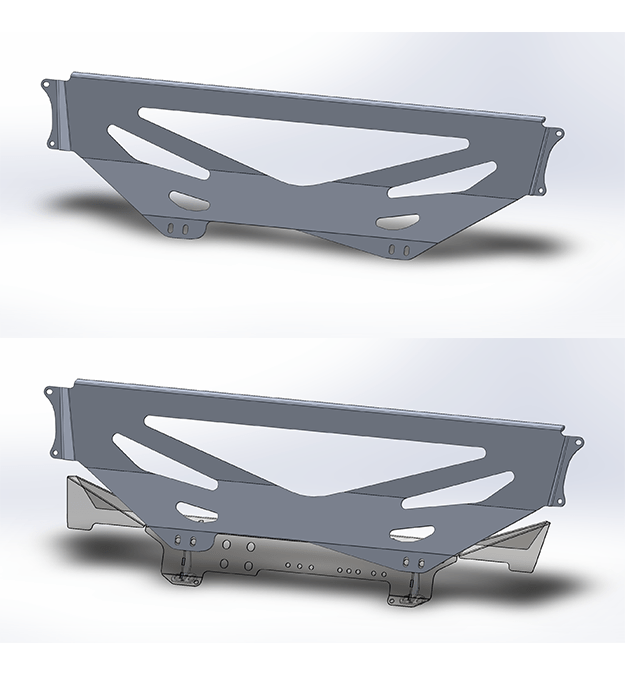I have a local shop that said they can weld a steel plate into the rear seat pass through. This is in attempt to reach the same structural rigidity as a sedan with out the rear seat pass through. I had thought about slonik’s carbon panel but with the war I don’t trust that source.
Thoughts on this? Anything to watch out for? I’m a big fan of structural rigidity and I see this as a low pain way of increasing it (as opposed to a roll bar). Thanks.
Thoughts on this? Anything to watch out for? I’m a big fan of structural rigidity and I see this as a low pain way of increasing it (as opposed to a roll bar). Thanks.



Comment